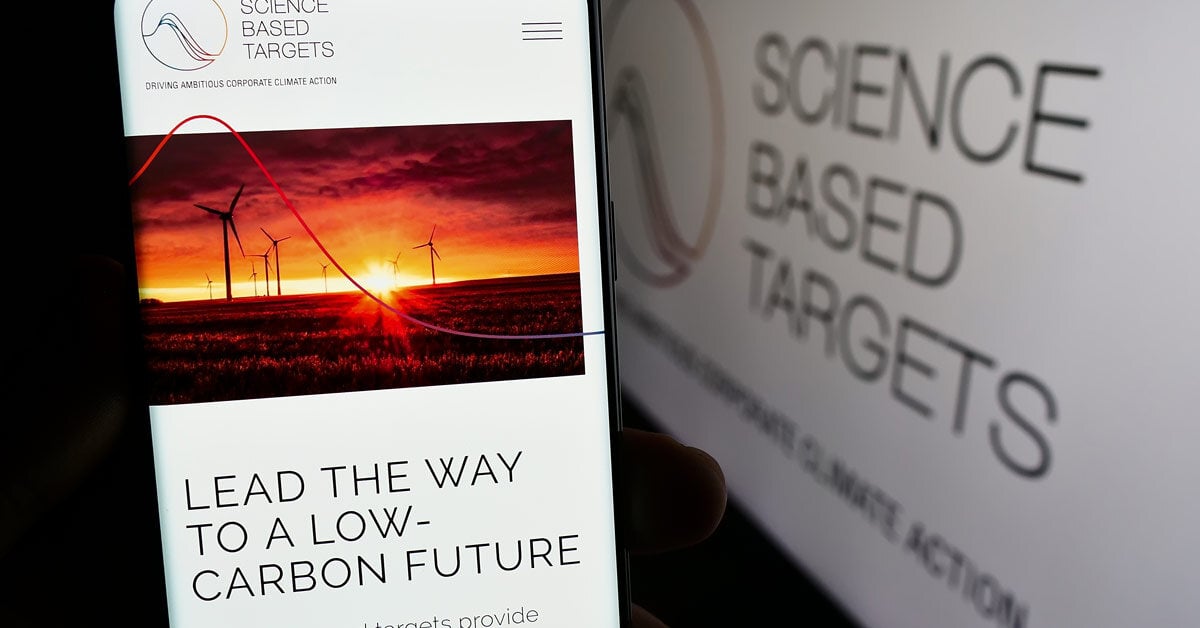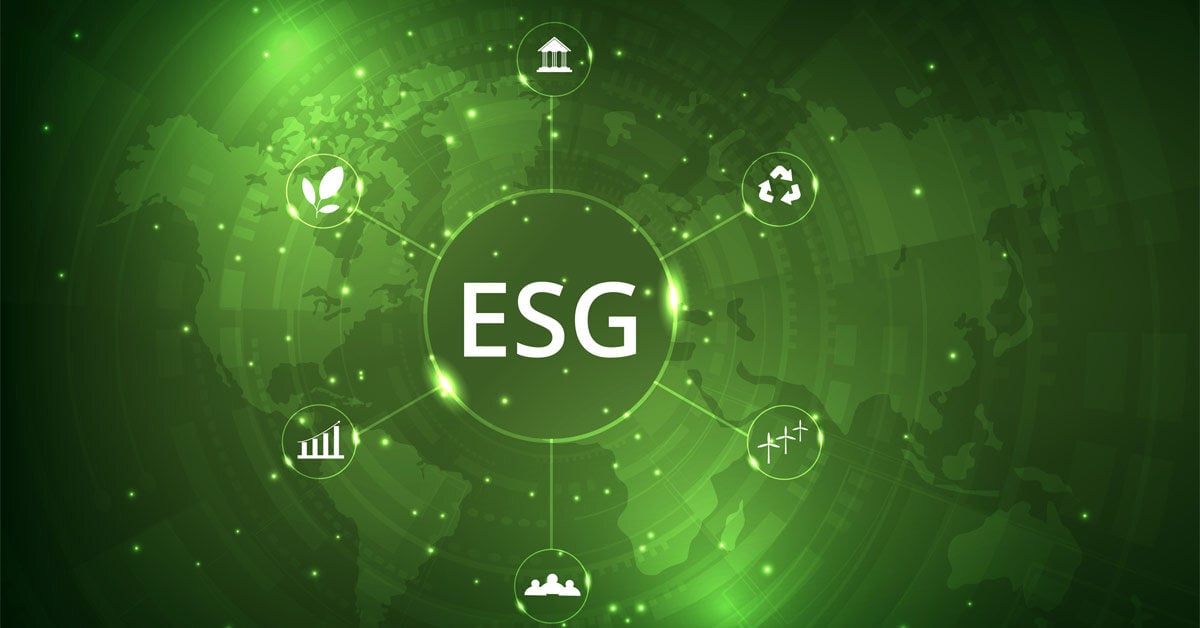4 min read
SBTi Disruptions Continue to Cause Confusion About Decarbonization
ResourceWise
:
Apr 25, '24

The Science Based Targets initiative (SBTi) continues to experience uncertainty and ambiguity after a controversial announcement from its executive board. The disruptions are leaving many businesses confused and concerned about how this will impact their carbon emissions strategies.
As we covered on our blog, the organization stated that they may consider accepting energy or environmental attribute certificates (EACs, including voluntary carbon offset credits) for their scope 3 emissions reduction initiatives. In the wake of this move, we've seen a significant response from critics and supporters alike.
Read More: Science Based Targets Allowing Carbon Credits in Controversial Change
Those who operate within the voluntary carbon markets (VCM) see this as a possibility for a considerable increase in demand for carbon credits. But several environmental institutions have expressed skepticism regarding the scientific basis of the SBTi's forthcoming decisions.
These criticisms suggest that external pressures and lobbying efforts may be influencing the initiative's science-grounded mission.
There is a lot at stake here, including:
- Shifting the entry requirements for the SBTi
- Pressures to decarbonize supply chains
- Carbon credit demand as one solution to account for scope 3 emissions reductions
Most importantly, the reputation and influence of the SBTi itself is under pressure.
A Sudden Shift by the SBTi
At a governmental level, corporate net-zero rules are inconsistent at best—and completely lacking at worst. The SBTi has accordingly stepped into the role of an unofficial standard setter in sustainability.
The organization sets a standard for corporate decarbonization strategies and targets. The endorsement of SBTi has become a crucial factor for many suppliers, buyers, and investors.
SBTi partnership assures several critical factors:
- A company’s decarbonization plan has a solid foundation
- The emissions reduction plan is scientifically aligned
- The carbon reduction strategies adhere to the objectives of the Paris Agreement
At its inception, the SBTi found itself in a world full of net-zero corporate promises following the Paris Agreement. The problem was determining and adopting consistent methods to achieve those goals.
The SBTi was tasked with setting the criteria for what a decarbonization objective should entail. Such aims should align with the Paris Agreement and center on emission reductions through concrete action within an organization's limits or value chains.
Regarding carbon credits, the SBTi's standpoint was that their application should be confined to voluntary Beyond the Value Chain Mitigation (BVCM) actions. These actions were seen as further measures targeting residual emissions after science-based reductions were realized.
With this position in place, the executive board announcement seemed inconsistent with their prior messaging. Inconsistency and uncertainty like this could potentially undermine the broader reputation and perception of SBTi standards.
Can Carbon Credits Work in Decarbonization?
Those supporting carbon credits in the SBTi framework hail it as a significant step toward more comprehensive climate change fighting measures. But critics call into question the true value carbon credits can bring to actual emissions reduction.
Much of the criticism of this move relates to credibility and scientific rigor. SBTi reflects a joint initiative by several organizations:
- CDP Worldwide
- United Nations Global Compact (UNGC)
- World Resources Institute (WRI)
- World Wide Fund for Nature (WWF)
With these cooperative efforts, SBTi uses thoroughly reviewed, evidence-based scientific methods to develop realistic decarbonization plans.
Critics argue that EACs—carbon markets-inclusive—don’t hold up against scientific scrutiny the same way other methods employed by SBTi do. The SBTi staff say as much in the protest letter written in response to the board’s initial announcement on EACs:
"The SBTi did undertake a Call for Evidence on the effectiveness of EACs, collecting self-reported evidence that varied greatly in terms of quality and scientific rigor. The Technical Department provided a summary of the self-reported survey results to the board; however, we have not completed analysis and synthesis of the evidence submitted as part of the Call for Evidence.
The SBTi is currently undertaking a systematic assessment of the evidence, which, along with public consultation, will inform potential revisions to the Corporate Net-Zero Standard." (Source: GreenBiz)
The long and short of carbon credits is that with the ambiguity already surrounding Scope 3 emissions, this move could enable companies to continue polluting while buying credits to seem 'greener.' This greenwashing might look good in a corporate mission statement, but it does little to actually reduce carbon emissions.
Read More: EU Sets Rules to Regulate ESG Ratings, Crack Down on Greenwashing
However, the proposal responds to this by ensuring stringent rules for the use of credits. It outlines three conditions:
- Credits should result in emission reductions that wouldn't have occurred without the project.
- Carbon credits should be counted only once.
- Credits should not exceed the company's emissions in a given year.
The proposal aligns with the Paris Agreement's goal to become carbon neutral by mid-century. It could also provide companies with a practical pathway to achieving net-zero emissions.
Where the SBTi Stands Now
Since our last blog, the SBTi has released a brief follow-up statement regarding all that’s happened:
"The Board’s statement on 9 April was a strategic steer to further explore the role that Environmental Attribute Certificates may be able to play in climate mitigation, as part of the process of revising SBTi’s Net Zero Standard.
The Board of Trustees acted according to their remit to set the strategic direction for SBTi, while respecting the organization’s standard operating procedures.
Crucially, the Board will continue to secure that any potential use of market instruments will include guardrails, rules and thresholds that will ensure the global emissions decline, in the near and long term.
The Board acknowledges that this is a sensitive area and regrets that the statement was open to misinterpretation. The Board's commitment to the Standard revision process and consultation with all relevant stakeholders is unwavering." (Source: SBTi)
The statement seems to clarify that no changes to the SBTi’s standard operating procedure are happening immediately. But it still leaves room for carbon credits and other EACs at the table within the organization.
The story is still unfolding, so ResourceWise will continue to track updates and developments as they come.
Get Clarity on Your Company Decarbonization Strategy
The disruptions within the SBTi have caused many businesses to become understandably concerned. Companies likely feel the pressure and confusion about how this development will affect their decarbonization efforts.
Weeding through the confusion can make an already challenging process seem unreachable. Fortunately, this is where ResourceWise can help.
Our latest product, the A to Z Guide: ESG Reporting Landscape provides a robust overview of the ESG compliance and reporting that will inevitably impact your business.
The guide serves as an excellent starting point to help stabilize your knowledge and understanding for your organization’s own decarbonization planning. It’s a beacon of light to help guide you through this confusing and often frustrating carbon landscape.
The A to Z Guide: ESG Reporting Landscape is available as a standalone guide or bundled with the Carbon Mitigator report from ResourceWise. Offering key pricing data on low-carbon fuels and expert industry insights, your business will never be left in the dark when you partner with us.
Click the link below to learn how to download a preview of the the guide and how it can help your business’s decarbonization pathway.




